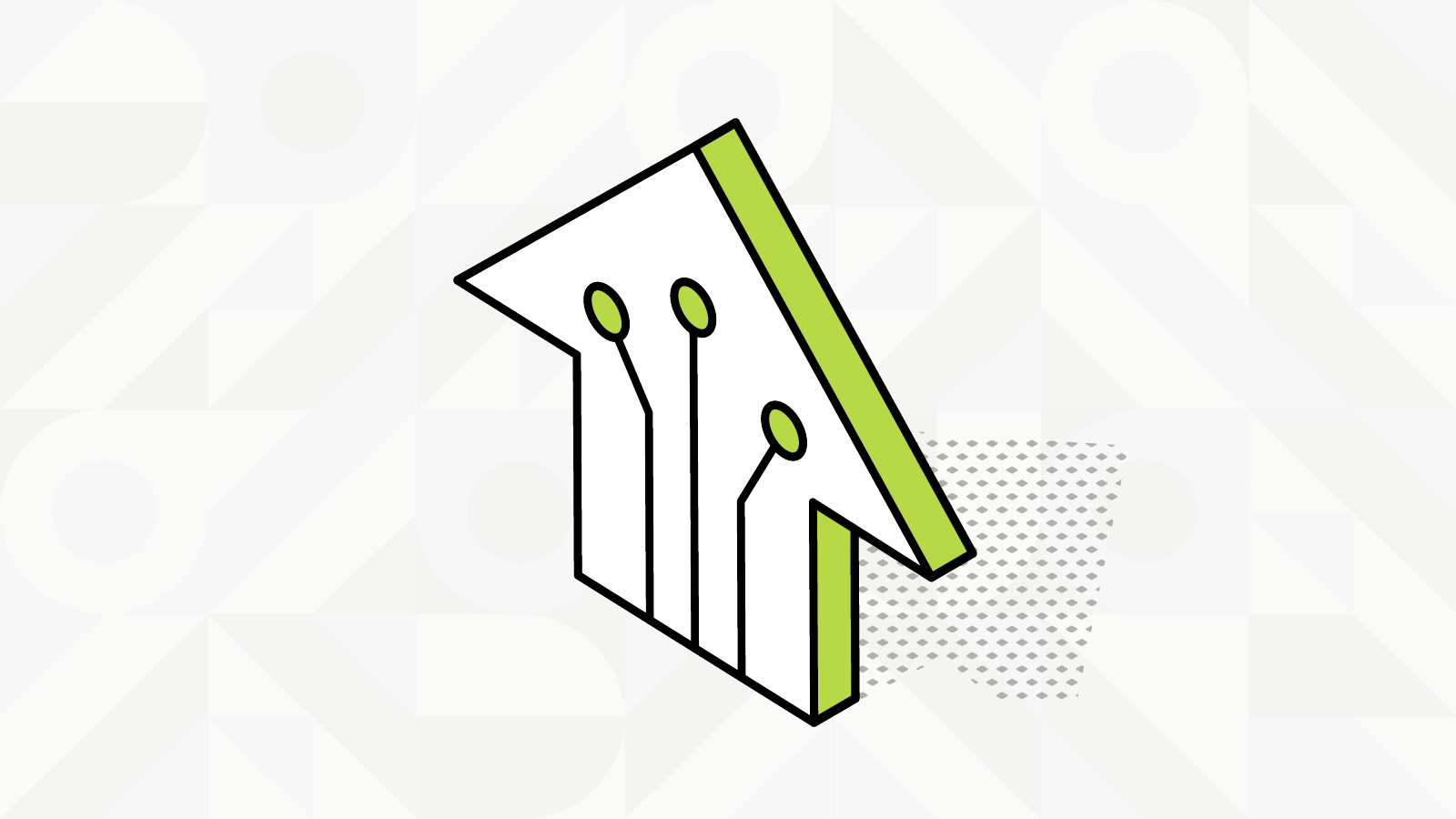Introduction to scaling
When Bitcoin first launched in 2009 its goal was to be a decentralized digital cash. Shifting the control “of money” from one central entity, to a network of computers (nodes). This approach is called decentralization. Basically the backbone of blockchain. But by design, decentralization comes with a tradeoff. Blockchains in general are very bad at computing large amounts of transactions in a short period of time, it makes them slow and therefore makes them bad at scaling. As cryptocurrencies surge in popularity, their decentralized networks can get congested, leading to higher fees and longer transaction times.
Blockchain trilemma
A blockchain is always striving to find the right balance between the three pillars of blockchain: security, decentralization and scalability. But they struggle to co-exist in a perfect blockchain world. Why is that?
In a nutshell
In a day to day life, finding the right balance between work, a social life and sleep can be challenging. Same goes for blockchains. Creating a truly decentralized blockchain is almost impossible to achieve because often one of the three elements are compromised. That’s why projects tend to focus on only two out of three blockchain pillars.
Example
Let’s take Bitcoin for example. By design it chose to make the network decentralized and secured. But to achieve this security, Bitcoin chooses to have a fixed block size (1MB). Which leads to scalability problems, because with a fixed block seize the speed of adding transactions is slow compared to traditional systems.
The race for a solution
Like we said before,transactions on popular blockchains are gradually becoming quite expensive with every passing day. The scalability trilemma remains one of the biggest issues of blockchains. So simply put, if we want the technology to reach mass adoption, its need to scale. Otherwise we can’t compete with traditional platforms. If a user wants to purchase goods in a store, they shouldn’t have to wait 45-60 minutes for their “transaction” to go through. Scaling solutions are aiming to take the transactional burden away from blockchain’s base layer by adding an extra layer on top of it.
Going off-chain
A scaling solution (known as layer 2) is a structure where a technology runs on top of a blockchain protocol (referred to as a layer 1) that improves the speed and efficiency of the underlying blockchain. In simple terms, a scaling solution does all the heavy lifting and takes the load of the main network, known as an off-chain computation.
Different scaling solutions
The main goal of a scaling solution is to increase the transactions per second (TPS), maintain the same security of the underlying blockchain and reduce transaction fees. The demand for solving this blockchain trilemma has led to some interesting innovations. We’ll go over how some of the networks are addressing these scaling challenges, and introduce the concept of layer 2 networks and how they can help you save time and money.
Bitcoin lightning network (L2)
State channels are seen as a payment channel, using channels to settle transactions off the main chain between parties and send the state back to the underlying blockchain. Bitcoin’s lightning network is the most popular state channel infrastructure.
Optimistic rollups (L2)
Optimistic rollups execute transactions off-chain and post the transaction state of the network back to its underlying Ethereum based blockchain. This solution is the core infrastructure of the Boba platform.
Zero-Knowledge rollups (L2)
Zero Knowledge rollups execute transactions off-chain and post the transaction state of the network back to its underlying Ethereum based blockchain. The key difference between Optimistic Rollups and ZK Rollups is that ORs rely on fraud proofs (7-day challenge period). Meaning you have to wait 7 days to get your assets off the network. Whereas with zero-knowledge rollups there is no challenge period needed.
Sharding (L1)
Sharding is a scaling solution that scales the core Ethereum protocol on the base layer (L1). It splits the blockchain into separate “shards” which will be responsible for processing transactions.
Side-chain (less secure, L1)
Side-chains in general are not considered a scaling solution, because they don’t rely on the security of the underlying blockchain. They live side-by-side with blockchains, using their own security rules and validators. Because they choose for this security trade-off they are fast, cheap and popular among users. A popular side-chain is Polygon.
Boba is optimistic by design
Boba is an Optimistic Rollup scaling solution built on top of industry’s biggest blockchain protocols. Boba can be referred to as a layer 2, or L2. On Boba users can benefit from a faster, cheaper and more dynamic Web3 experience in a secure environment. Boba engineers are constantly expanding the capabilities of the Optimistic framework, which has been originally developed by the Optimism team.
